Introduction

Button cacti, also known as Epithelantha Micromeris, are unique and captivating plants that have gained popularity among gardening enthusiasts. These small, round cacti are native to North America and are prized for their charming appearance and low maintenance requirements. In this article, we will explore what makes button cacti so special, the benefits of growing them, and the importance of providing proper care to ensure their health and longevity.
What is a Button Cactus?
Button cacti are small succulent plants that belong to the genus Epithelantha Micromeris. They are characterized by their spherical shape and tiny size, typically reaching only one inch in diameter. These adorable cacti feature densely packed spines that give them a unique texture and appearance. With their compact size and attractive features, button cacti make excellent additions to any indoor or outdoor garden.
Benefits of Growing Button Cactus
Growing button cacti offers several benefits for plant enthusiasts. Firstly, these plants require minimal care and attention compared to other houseplants or garden varieties. They can thrive in a wide range of conditions, making them suitable for beginners or those with limited gardening experience.
Additionally, button cacti can add a touch of natural beauty to any space with their vibrant green coloration and eye-catching spines. Their small size makes them ideal for terrariums or miniature gardens, allowing you to create unique displays that showcase their charm.
Importance of Proper Care for Button Cactus
While button cacti are relatively easy to care for, providing them with proper care is crucial for their overall health and well-being. This includes ensuring they receive adequate sunlight exposure, maintaining optimal temperature and humidity levels, using the right soil mixtures, watering appropriately, fertilizing as needed, propagating correctly when necessary, preventing pests and diseases effectively, and repotting when required.
Proper care not only promotes healthy growth but also enhances the longevity of button cacti, allowing you to enjoy their beauty for years to come. Neglecting their care needs can lead to stunted growth, discoloration, or even the demise of these delightful plants.
Understanding the Button Cactus
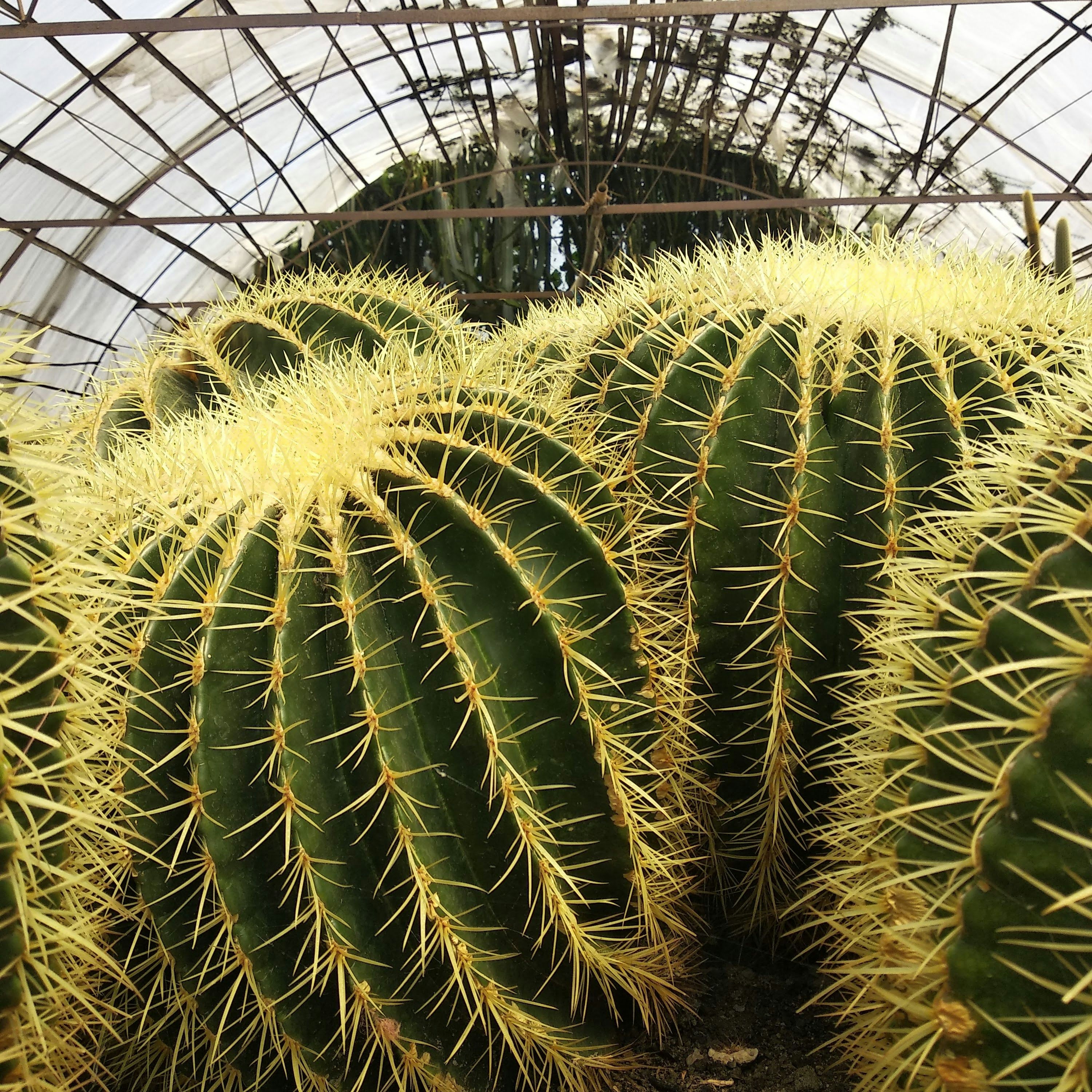
The Button cactus, scientifically known as Epithelantha Micromeris, is a unique and fascinating plant that captures the attention of many succulent enthusiasts. With its distinct features and adaptability, it has become a popular choice for indoor and outdoor gardens alike.
Overview of Epithelantha Micromeris
Epithelantha Micromeris, commonly referred to as the Button cactus, belongs to the Cactaceae family. This small-sized cactus typically reaches a height of only 1-2 inches and has a spherical or cylindrical shape. It is characterized by its densely packed tubercles that give it a button-like appearance.
Unique Features of Button Cactus
One of the most remarkable features of the Button cactus is its ability to produce vibrant flowers despite its diminutive size. These flowers are usually white or pinkish in color and bloom from spring to summer, adding a touch of beauty to any space.
Another interesting characteristic is its lack of spines or thorns. Instead, it has tiny bristles known as glochids that are barely visible but can cause irritation if touched. This adaptation allows the Button cactus to protect itself from potential threats while conserving water in its arid environment.
Native Habitat and Distribution
The native habitat of the Button cactus spans across parts of North America, particularly in the southwestern United States and northern Mexico. It thrives in desert regions with well-drained soil and receives ample sunlight throughout the day.
In its natural habitat, this resilient plant can be found growing among rocks or nestled between crevices where it can find some protection from extreme temperatures and direct sunlight.
Button Cactus Care Basics
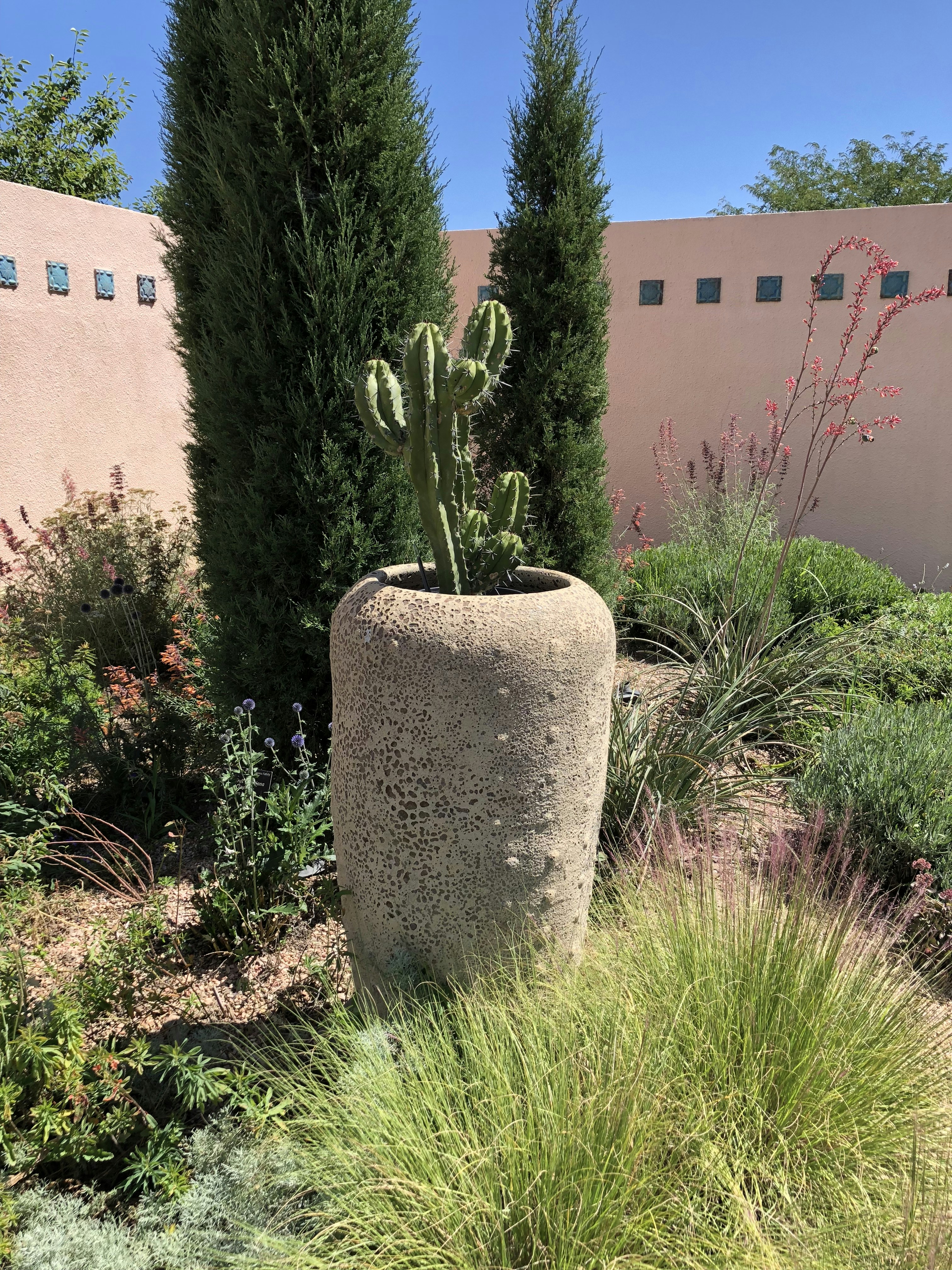
Light Requirements for Button Cactus
Button cacti thrive in bright, indirect sunlight, making them perfect for sunny windowsills or well-lit indoor spaces. They require at least six hours of light each day to maintain their health and vibrant appearance. Placing your button cactus near a south-facing window or providing it with artificial grow lights can ensure it receives the adequate light it needs to flourish.
Ideal Temperature and Humidity Levels
Button cacti are native to arid regions and prefer warm temperatures between 70-85°F (21-29°C). They can tolerate slightly cooler temperatures but should be protected from frost and extreme cold. In terms of humidity, these desert plants prefer low levels, so it's best to avoid humid environments or excessive misting. Keeping them in a well-ventilated area with proper air circulation will help maintain the ideal temperature and humidity levels.
Selecting the Right Soil for Button Cactus
Choosing the appropriate soil is crucial for the successful growth of your button cactus. It requires a well-draining soil mix that mimics its natural habitat. A combination of sandy soil, perlite, and peat moss works well for button cacti as it allows excess water to drain away quickly while retaining enough moisture for the plant's needs. Avoid using heavy clay soils that tend to hold onto water, as this can lead to root rot and other issues.
Remember, providing the right amount of light, maintaining suitable temperature and humidity levels, and using well-draining soil are essential factors in caring for your button cactus successfully.
Now let's move on to the next section, which will cover watering and moisture control for your button cactus.
Watering and Moisture Control
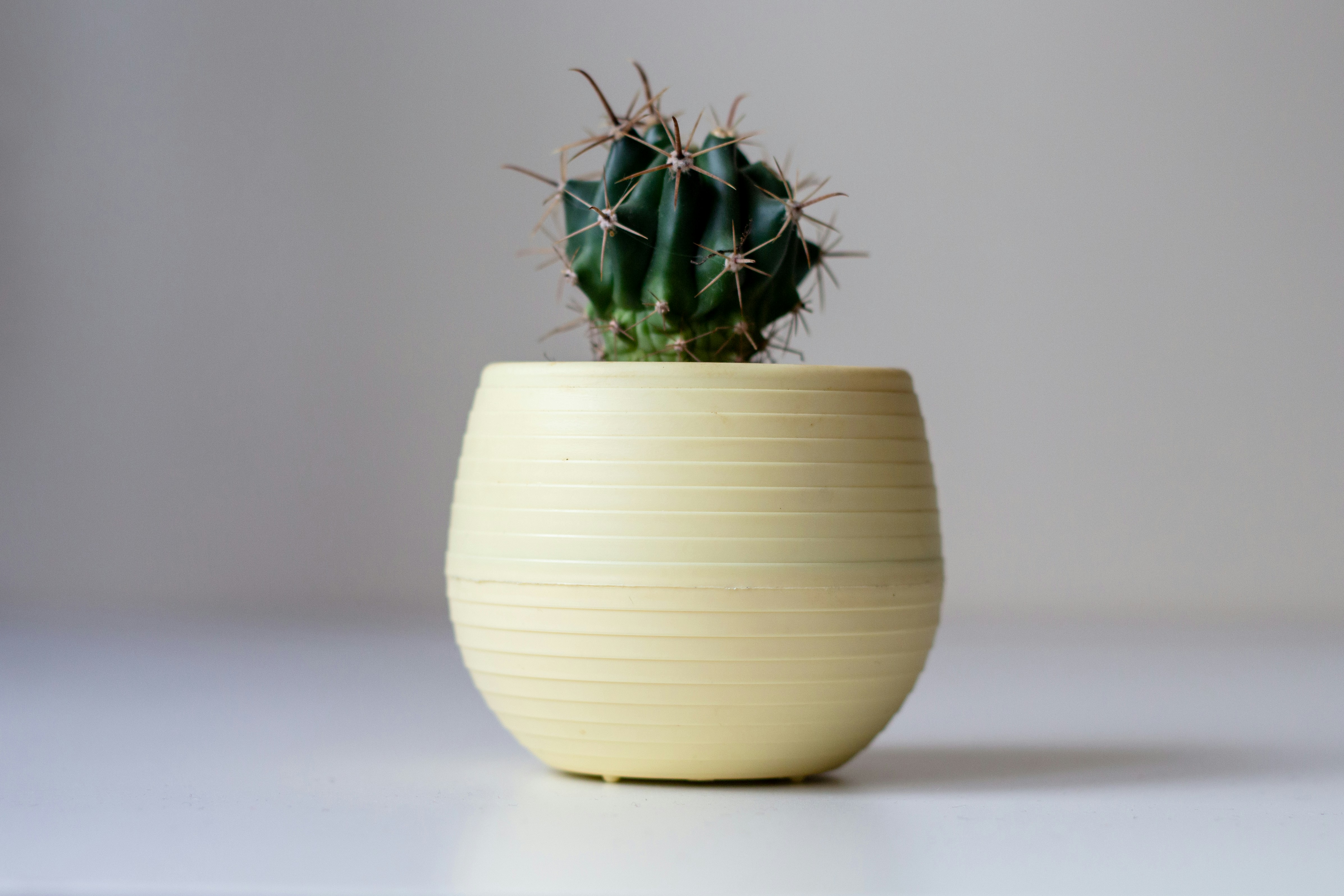
Proper watering and moisture control are crucial for the health and survival of button cacti. Understanding the right watering frequency, techniques for moisture control, and the importance of drainage will help ensure your button cactus thrives in its environment.
Watering Frequency and Amount
Button cacti have unique water requirements due to their small size and specific habitat. It is important to strike a balance between providing enough water for growth while avoiding overwatering, which can lead to root rot.
To determine the right watering frequency, observe the soil's moisture level. As a general rule, water your button cactus when the top inch of soil feels dry to the touch. This usually translates to watering every 2-3 weeks during warmer months and reducing frequency during colder months when growth slows down.
When it comes to watering amount, it is best to provide a thorough soak rather than light sprinkles. Ensure that water reaches all parts of the root system by pouring until it drains out from the bottom of the pot.
Techniques for Proper Moisture Control
Proper moisture control goes beyond simply watering at the right frequency. To maintain optimal moisture levels, consider employing techniques such as bottom-watering or using a spray bottle.
Bottom-watering involves placing your potted button cactus in a shallow tray filled with water for about 30 minutes. This allows the roots to absorb water from below without saturating the soil excessively.
Using a spray bottle is another effective technique for maintaining moisture control. Mist your button cactus lightly on hot days or when humidity levels are low. This helps mimic its natural environment while preventing overwatering.
Importance of Drainage for Button Cactus
Drainage is paramount when it comes to cultivating healthy button cacti. These plants are highly susceptible to root rot caused by excess moisture in poorly drained soil.
To ensure proper drainage, select a pot with drainage holes at the bottom. This allows excess water to escape and prevents water from pooling around the roots.
Additionally, using a well-draining soil mix specifically formulated for cacti and succulents is crucial. This type of soil allows excess moisture to flow freely, reducing the risk of root rot.
Fertilizing and Nutrient Needs
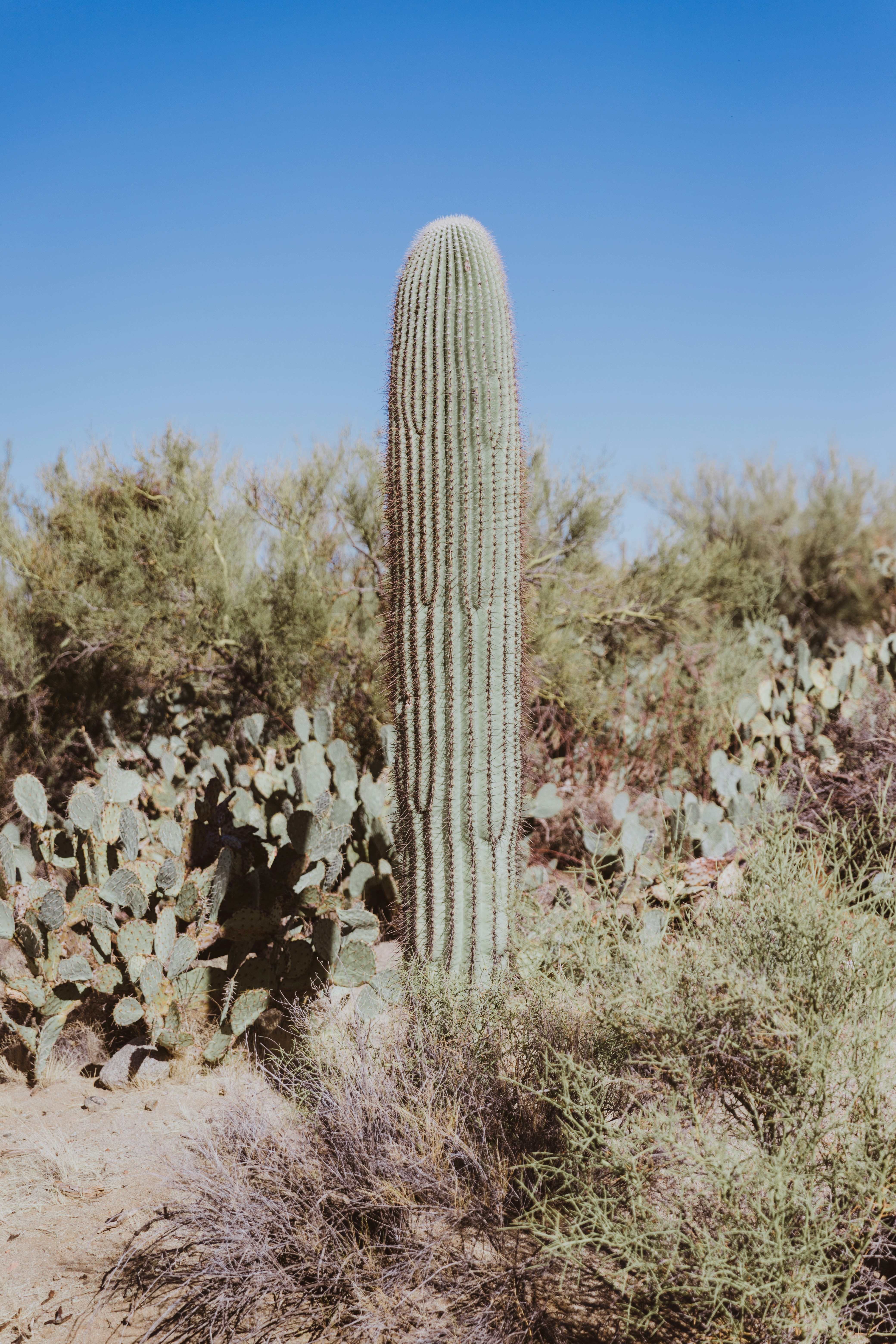
Button cacti require proper fertilization and nutrient supplementation to ensure healthy growth and vibrant blooms. Here are some essential tips to help you meet their fertilizing and nutrient needs.
Choosing the Appropriate Fertilizer
When selecting a fertilizer for your button cactus, it's crucial to choose one that is specifically formulated for cacti and succulents. Look for a balanced fertilizer with an NPK ratio of around 10-10-10 or 14-14-14. These ratios provide the necessary nutrients without causing excessive growth or damage to the plant.
Avoid using fertilizers high in nitrogen, as this can lead to weak, leggy growth. Instead, opt for a slow-release fertilizer that will provide a steady supply of nutrients over time.
Fertilizing Schedule for Button Cactus
Button cacti should be fertilized during their active growing season, which typically occurs from spring through summer. Start fertilizing in early spring when new growth emerges, and continue every four to six weeks until late summer.
During the dormant period in fall and winter, it's best to withhold fertilizer as the plant's metabolic activity slows down.
Remember to always follow the instructions on the fertilizer packaging regarding application rates and frequency. Over-fertilization can harm your button cactus, so it's better to err on the side of caution and apply less rather than more.
Essential Nutrients for Healthy Growth
Button cacti require several essential nutrients for healthy growth:
1. Nitrogen (N): Nitrogen is vital for leaf development and overall plant vigor.
2. Phosphorus (P): Phosphorus promotes root development, flowering, and fruiting.
3. Potassium (K): Potassium helps with water regulation, disease resistance, and overall stress tolerance.
4. Micronutrients: Button cacti also benefit from trace elements such as iron, manganese, zinc, and copper. These micronutrients are required in smaller quantities but are equally important for the plant's overall health.
To ensure your button cactus receives all the necessary nutrients, consider using a balanced fertilizer that contains these essential elements.
Propagation and Repotting
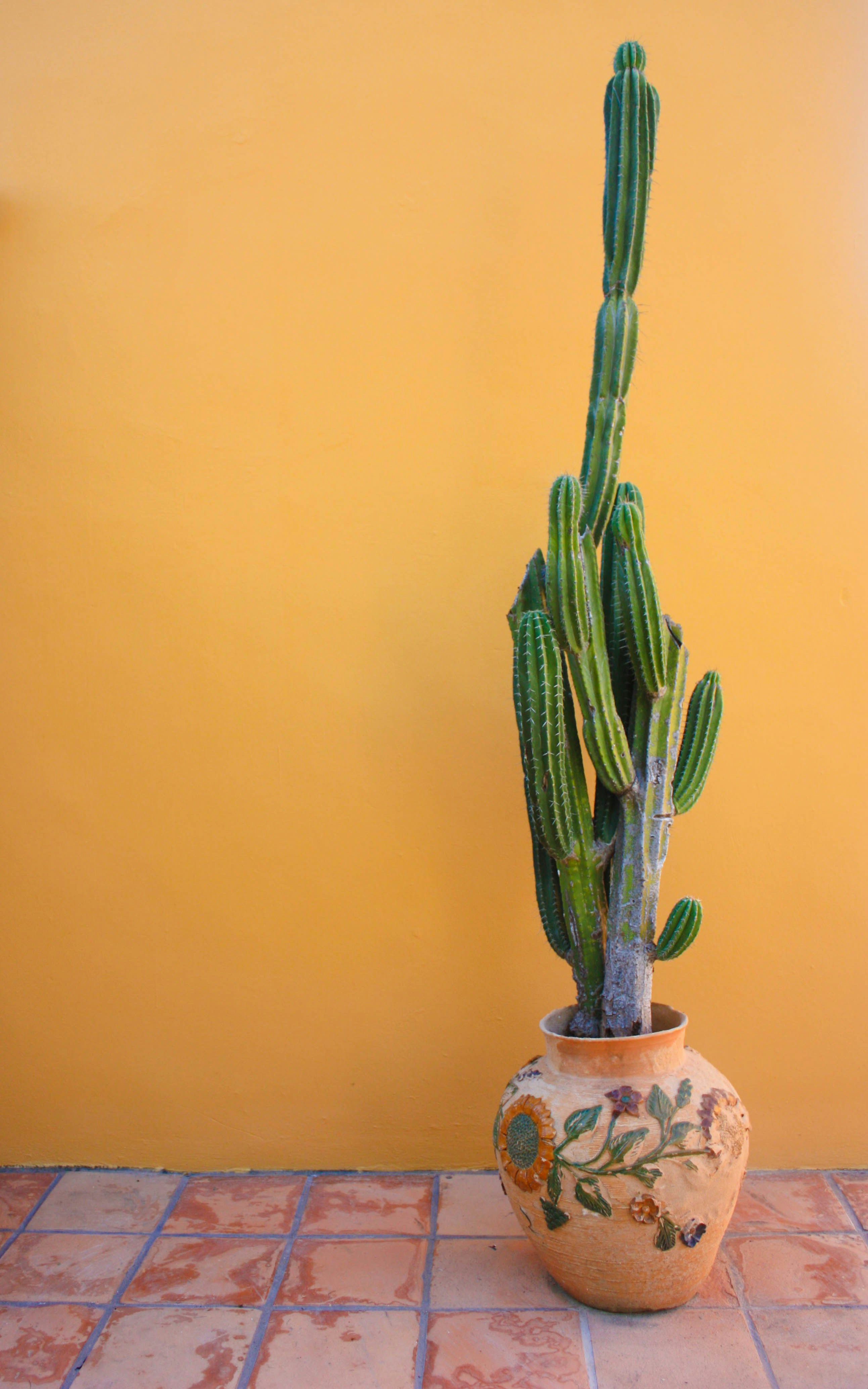
Button cactus is a unique and fascinating plant that can be propagated through various methods. One common method is by taking stem cuttings. To do this, carefully cut a healthy stem from the parent plant using a clean, sharp knife. Allow the cutting to dry for a few days before planting it in well-draining soil. Another method is through seed propagation. Collect ripe seeds from the fruit of the button cactus and sow them in a mixture of sand and peat moss. Keep the soil moist but not waterlogged, and within a few weeks, you should see tiny button cactus seedlings sprouting.
When it comes to repotting your button cactus, timing is crucial for its successful growth. The best time to repot is during the spring or early summer when the plant is entering its active growing phase. Choose a slightly larger pot with good drainage holes to accommodate the growing roots. Gently remove the cactus from its current pot, being careful not to damage the delicate roots. Place it in the new pot with fresh soil, making sure that it sits at the same depth as before. Water sparingly after repotting to avoid overwatering.
Ensuring successful transplantation of your button cactus requires some careful considerations. First, make sure you choose an appropriate location for your newly transplanted cactus that provides adequate sunlight and protection from extreme weather conditions. Additionally, monitor its watering needs closely during this critical period to prevent root rot or dehydration. Allow your button cactus some time to adjust to its new environment without disturbing it too much or exposing it to stressful conditions.
By following these methods of propagation and repotting guidelines, you can expand your button cactus collection and ensure the healthy growth of your plants. Remember to be patient and provide proper care during the transition period to give your button cactus the best chance of thriving in its new environment.
Dealing with Common Pests and Diseases
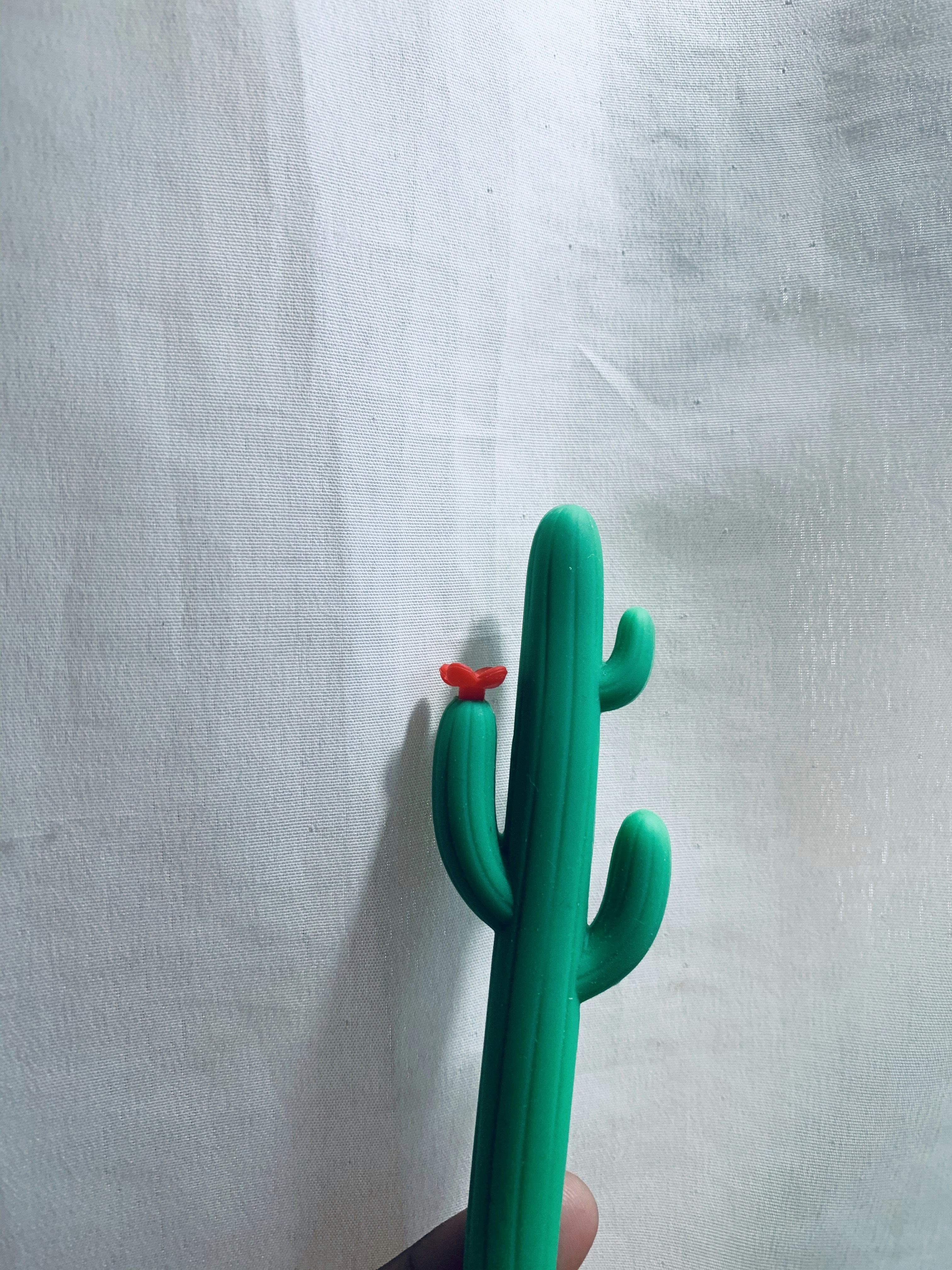
Identifying and Treating Pest Infestations
One of the challenges that button cactus owners may face is dealing with pest infestations. Common pests that can affect button cacti include mealybugs, scale insects, and spider mites. These pests can cause damage to the plant by feeding on its sap or creating unsightly webs.
To identify a pest infestation, carefully inspect the cactus for signs such as white cotton-like substances (mealybugs), small bumps or shells (scale insects), or tiny webs (spider mites). If you notice any of these signs, it's important to take immediate action to prevent further damage.
Treating pest infestations in button cacti can be done using natural or chemical methods. For a natural approach, you can try using a mixture of water and mild soap to gently wash away the pests. Alternatively, there are insecticidal sprays specifically designed for cacti that can effectively eliminate pests. Be sure to follow the instructions on the product label and apply it carefully to avoid harming your plant.
Preventing Common Diseases in Button Cactus
In addition to pests, button cacti are also susceptible to certain diseases that can hinder their growth and overall health. One common disease is root rot, which is caused by overwatering or poor drainage. To prevent root rot, it's crucial to ensure proper watering practices and use well-draining soil.
Another disease that can affect button cacti is fungal infections, such as powdery mildew or black spot disease. These diseases thrive in humid environments, so it's important to maintain proper ventilation and avoid overcrowding your plants.
To prevent diseases, it's essential to practice good hygiene. Regularly inspect your button cactus for any signs of disease and promptly remove any infected parts. Additionally, avoid using contaminated tools or pots when caring for your cactus, as this can spread diseases.
Maintaining Healthy Soil and Hygiene
Maintaining healthy soil is vital for the overall well-being of your button cactus. Use a well-draining soil mix specifically formulated for cacti and succulents. This type of soil allows excess water to drain away quickly, preventing waterlogged conditions that can lead to root rot.
Regularly check the moisture levels in the soil by inserting your finger about an inch deep into the pot. If it feels dry, it's time to water your cactus. However, if it still feels moist, hold off on watering to prevent overhydration.
To maintain good hygiene, keep your button cactus clean by gently wiping its surface with a soft cloth or brush. This helps remove dust and debris that can attract pests or block sunlight absorption. Avoid using harsh chemicals or abrasive materials that may damage the plant's delicate skin.
By being proactive in identifying and treating pest infestations, preventing common diseases, and maintaining healthy soil and hygiene practices, you can ensure the longevity and beauty of your button cactus.
Conclusion
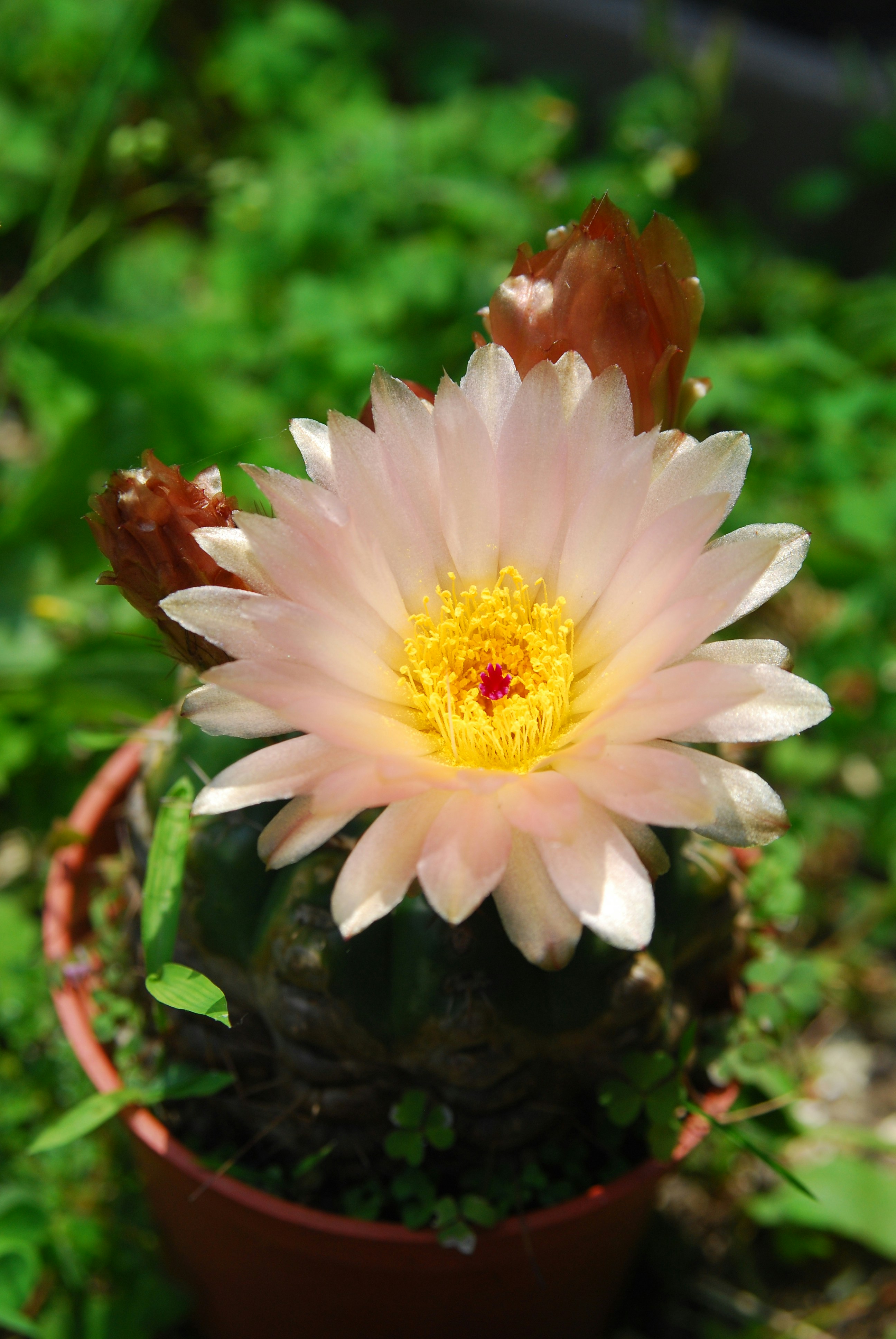
Tips for a Thriving Button Cactus
To ensure the health and vitality of your button cactus, it is important to follow a few key tips. First, make sure you provide it with the right amount of light, as button cacti thrive in bright, indirect sunlight. Additionally, be mindful of the temperature and humidity levels, as these plants prefer warm and dry conditions. When it comes to watering, remember that button cacti are drought-tolerant and should only be watered sparingly. Finally, fertilize your button cactus regularly using a suitable fertilizer to provide it with essential nutrients.
Creating a Beautiful Display with Button Cactus
Button cacti can make stunning additions to any indoor or outdoor display. Their unique shape and texture add visual interest to any space. To create a beautiful display with your button cactus, consider combining it with other succulents or desert plants that have similar care requirements. You can arrange them in decorative pots or plant them directly in a rock garden for an eye-catching display. Experiment with different arrangements and designs to find the perfect showcase for your button cactus.
Enjoying the Unique Charm of Epithelantha Micromeris
Epithelantha Micromeris, commonly known as the button cactus, is truly a fascinating plant to behold. Its small size and distinctive appearance make it stand out among other cacti species. With its spiky spherical shape covered in white woolly hairs and tiny red flowers that bloom in spring, this little gem adds charm and character wherever it is placed. Whether you choose to grow it indoors or outdoors, take the time to appreciate its unique beauty and enjoy watching it thrive.
